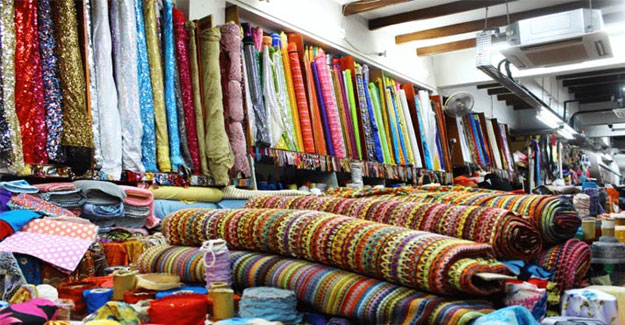
Synthetic Textile Market Cries Foul On Inverted Tax Structure
Blockage of working capital was the key factor that was highlighted by the textile industry in a recent press statement. Industry attributed this to the absence of refund on input tax credit for all synthetic fabrics sold in the domestic market. The reason for complain was also due to the inverted duty structure. This feature makes rates on inputs higher than on the output. The textiles industry has complained that the absence of refund on input tax credit on the domestic sale of synthetic fabrics has blocked its working capital, while an inverted duty structure makes the rate on inputs higher than that on the output. The chairman of the Confederation of Indian Textile Industry (CITI), Sanjay Jain expressed concern over the inverted tax structure and mentioned in a press statement, “At present, synthetic fibre is taxed at 18%, yarn at 12% and final output at 5%, creating a tax structure where rate on inputs is higher than that on output. This inverted structure has made it easier to import synthetic textiles, (rather) than manufacture them domestically.” “The main culprit behind the logjam is the complications posed by the inverted duty structure. Consequently working capital gets blocked for months together. Besides, there is no refund of GST levy on capital goods,” opined Jain. There was a three percent drop y-o-y till November 2018 in export of manmade yarn, fabrics and made-ups. The reduced figure stood at USD 371 million. The estimates made by industry indicated that the inverted duty structure has rendered imports 15 to 20 percent cheaper for the domestic industry.
Textile Excellence
If you wish to Subscribe to Textile Excellence Print Edition, kindly fill in the below form and we shall get back to you with details.








